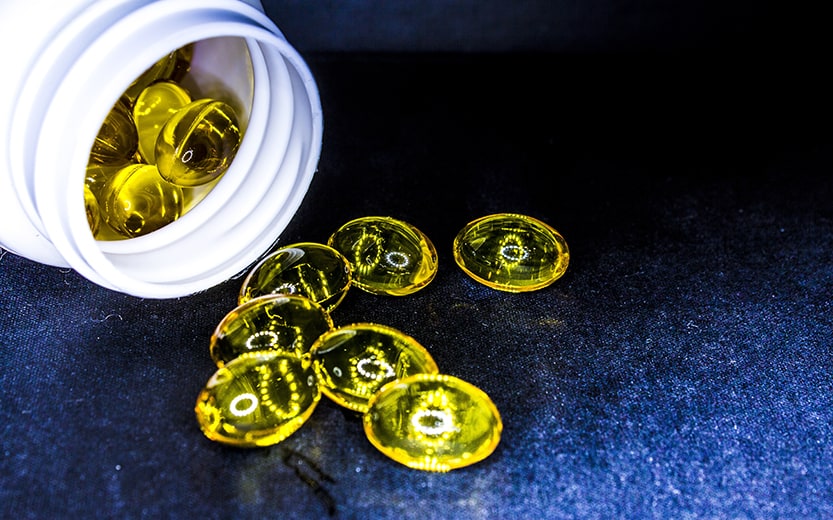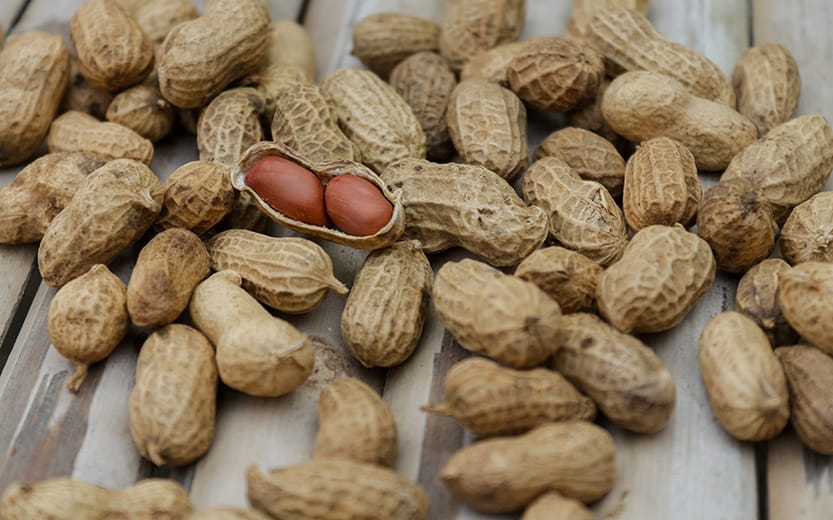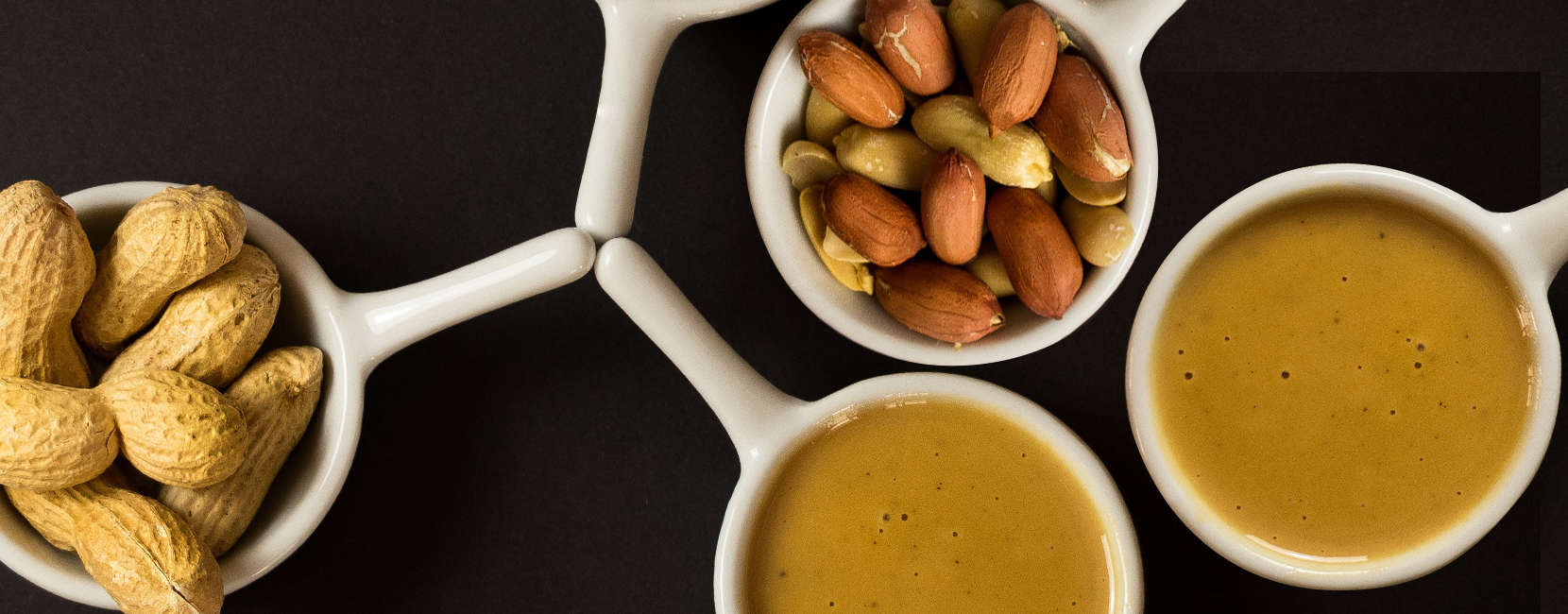When speaking about fats, usually we refer to triglycerides, which are units consisting of a glycerol molecule that unites fatty acid molecules that are formed by chains of carbon atoms of variable length.
Lipids are the main source of energy reserves, protect the organs, and promote thermoregulation, regulate the flow of hormones, create cell membranes and act as regulators for many metabolic functions.
The fact that in men, but even more so in women, a minimum threshold of percentage of fat mass is recommended and has only one meaning: it’s essential for health. Supporting the idea that eliminating fatty foods involves the elimination of adipose tissue is wrong for several reasons, in fact, the use of lipids in vital functions allows the body to learn to auto-synthesize fats from other sources, like proteins and carbohydrates, at the expense of energy and muscle mass.
Ensuring that our diet consists of around 25-30% of fats is a good way to guarantee that we get what we need.
Types of fatty acids
The functionality of fats, especially fatty acids, is that they make up the entire molecule and these can be:
- Saturated
- Unsaturated
- Mono-unsaturated
- Poly-saturated
The body is able to synthesize three categories except the last, the most important, that is made up of essential fatty acids precisely because we’re not able to synthesize them: these are the essential fatty acids omega 3 and omega 6.
Omega 3 fatty acids: what are they and what’s their purpose
The Omega 3 are fatty acids that provide unsaturation in the third carbon. The acid alpha linolenic (AAL – C18:3n-3) is the essential acid of this category in which the body is able to synthesize, although not very efficiently, the semi-essential acid EPA (C20:5n-3) the DHA (C22:6n-3).
Each fatty acid performs different functions: for example, the AAL is mainly involved in the formation of the cell membrane, the DHA is the acid mainly present in the human brain and together with EPA control signals for the synthesis of hormones and other bioactive substances.
The benefits of Omega 3 also cover the regulation of blood pressure, the dilation of arterial walls, and the inhibition of inflammatory processes, as well as the inhibition of platelet aggregation, therefore, contributing to the prevention of cardiac diseases.

Omega 3 in the sports world
In the world of athletes, there’s always more current research studies aimed at perfecting food plans as a way of facilitating recovery and improving performance.
Recent studies have been done regarding the contribution of fats, mainly Omega 3, to an athlete. Introducing an average of 3 µg/d of omega 3 for at least 30-45 days showed a decrease in DOMS followed by trainings with heavy weight loads. The visible effect in a brief period and not a long one suggest that the integration could help the body adapt to repeated stimuli over time. To receive the benefit you’d have to continue to do cycles of integration and then stop, at the same time with sessions of loading/unloading of work. The help with muscle recovery was shown favorable to anabolism and a counteracting catabolism.
The body is able to oxidize, to regain energy, carbohydrates (deriving directly from a meal or muscle glycogen) and fats (deriving from a meal or adipose reserves). The ability of the metabolism to draw from one source rather than another is due to many factors, but some studies confirm that the enrichment of the diet with omega 3 fatty acids (AAL, EPA, DHA) would help the body to take more easily from adipose reserves since the unsaturation of the chain makes the fatty acid more easily oxidized with the result of a greater mobilization of the adipose reserves.
Omega 3 and cholesterol
If fat consumption has been demonized and considered responsible for obesity, cardiovascular illnesses and other disturbances, then so has cholesterol. This molecule pertains to the class of unsaponifiable lipids and is endogenously secreted by the body since it’s essential and implicated in the formation of the cell membranes, in the regulation of hormones, and in the stimulation of bile for the formation of bile acids, indispensable for the absorption of nutrients on an intestinal level, including vitamins.
In order to carry out its functions, cholesterol is transported in the body through the blood of structures defined as lipo-proteins: the HDL, or “good cholesterol” and LDL or “bad cholesterol”. The HDL are lipo-proteins with a protein percentage greater than the lipid one and are better able to transport cholesterol to the body, bring it to the liver, and extract is from LDL. These last ones, due to the high levels of fat present, can easily deposit themselves in the arteries provoking the phenomena of arterial blockage and cardiovascular implications.
High levels of LDL are not directly due to an excess consumption of dietary cholesterol: in addition to the abuse of saturated fats, which leads to an increase, is the absence of physical activity and a diet rich with simple sugars and a high glycemic index, salt and alcohol.
The 75% of circulating cholesterol is endogenously produced and only 25% represents that which is introduced with the diet, in fact, a mechanism exists in which the intake of dietary cholesterol tends to diminish the endogenous production, which then increases, when the diet choices are wrong.
The food sources that are most rich in cholesterol are cured meats, fatty cheeses (% of fat > 25%), beef and pork meat, and egg yolk, however, to eliminate these sources isn’t the solution to the problem. Balance is always the best way: vary the diet, giving preference to fish products and animal protein, is a winning strategy.
Fish products, especially salmon, mackerel, herring, seam bream, trout, and blue fish are a very important source of omega 3 DHA and EPA, important precursors to the lipo-protein HDL that, intensifying itself, reduces the LDL with consequent lowering of the possibilities of contracting coronary disease.
On the other hand, vegetable proteins contain phytosterols: these molecules share the same chemical structure of cholesterol and are captured on an intestinal level but then rejected since the body isn’t able to absorb them. This substitution limits the absorption of eventual cholesterol present in digested meals and the abundance of vegetable fibers stimulates the production of bile, therefore, soliciting the mobilization of endogenous-hepatic cholesterol.

The omega 6
Another class of essential compounds are the omega 6, that are different for the fact that the unsaturated carbon is positioned between the sixth and seventh carbon. The omega 6 is a linoleic acid (AL C18:2n6) from which can be synthesized, although not very efficiently, the other omega 6 GLA, DGLA, and AA or arachidonic acid. These fats, like the previous omega 3, are fundamental because they’re responsible for the production of ecosanoids, that regulate in an antagonistic way the processes like inflammation, temperature, and vasoconstriction with the different that, while the omega 3 favor the vasodilation and inhibit platelet aggregation and placate inflammatory processes, the omega 6 are responsible for the opposite effect.
The consumption of omega 6, as with the case for foods with cholesterol, shouldn’t be avoided since balance is what matters the most. The problem, especially in the Western world, is that there’s a large consumption of sources of omega 6 (meat, vegetable oils, and peanut butter) at the expense of sources of omega 3 such as fish and algae, with the result of an imbalance that favors omega 6.
Once again, it’s excess that creates poison.
There’s a lot of omega 3 products on the market, but correcting your diet is essential: add fish at least 3 times a week, replace olive oil with linseed oil, eat green and leafy vegetables and flavor with algae (for example, spirulina, excellent in smoothies, yogurt and omelettes) are all strategies to rebalance bring benefits and vary your diet.
Bibliography
- Da Boit, M., Hunter, A. M., & Gray, S. R. (2017). Fit with good fat? The role of n-3 polyunsaturated fatty acids on exercise performance. Metabolism, 66, 45-54.
- Hooper, L., Al‐Khudairy, L., Abdelhamid, A. S., Rees, K., Brainard, J. S., Brown, T. J., … & Deane, K. H. (2018). Omega‐6 fats for the primary and secondary prevention of cardiovascular disease. Cochrane Database of Systematic Reviews, (7).
- Kerksick, C. M., Wilborn, C. D., Roberts, M. D., Smith-Ryan, A., Kleiner, S. M., Jäger, R., … & Kreider, R. B. (2018). ISSN exercise & sports nutrition review update: research & recommendations. Journal of the International Society of Sports Nutrition, 15(1), 1-57.
- LINEE GUIDA PER UNA SANA ALIMENTAZIONE – CREA 2018
- Willett, W., & Skerrett, P. J. (2017). Eat, drink, and be healthy: the Harvard Medical School guide to healthy eating. Simon and Schuster.




 Since 2009, we’ve been by your side, helping you create the perfect training spaces for Cross Training Boxes, Personal Trainer Studios, and professional Home Gyms.
Since 2009, we’ve been by your side, helping you create the perfect training spaces for Cross Training Boxes, Personal Trainer Studios, and professional Home Gyms.






